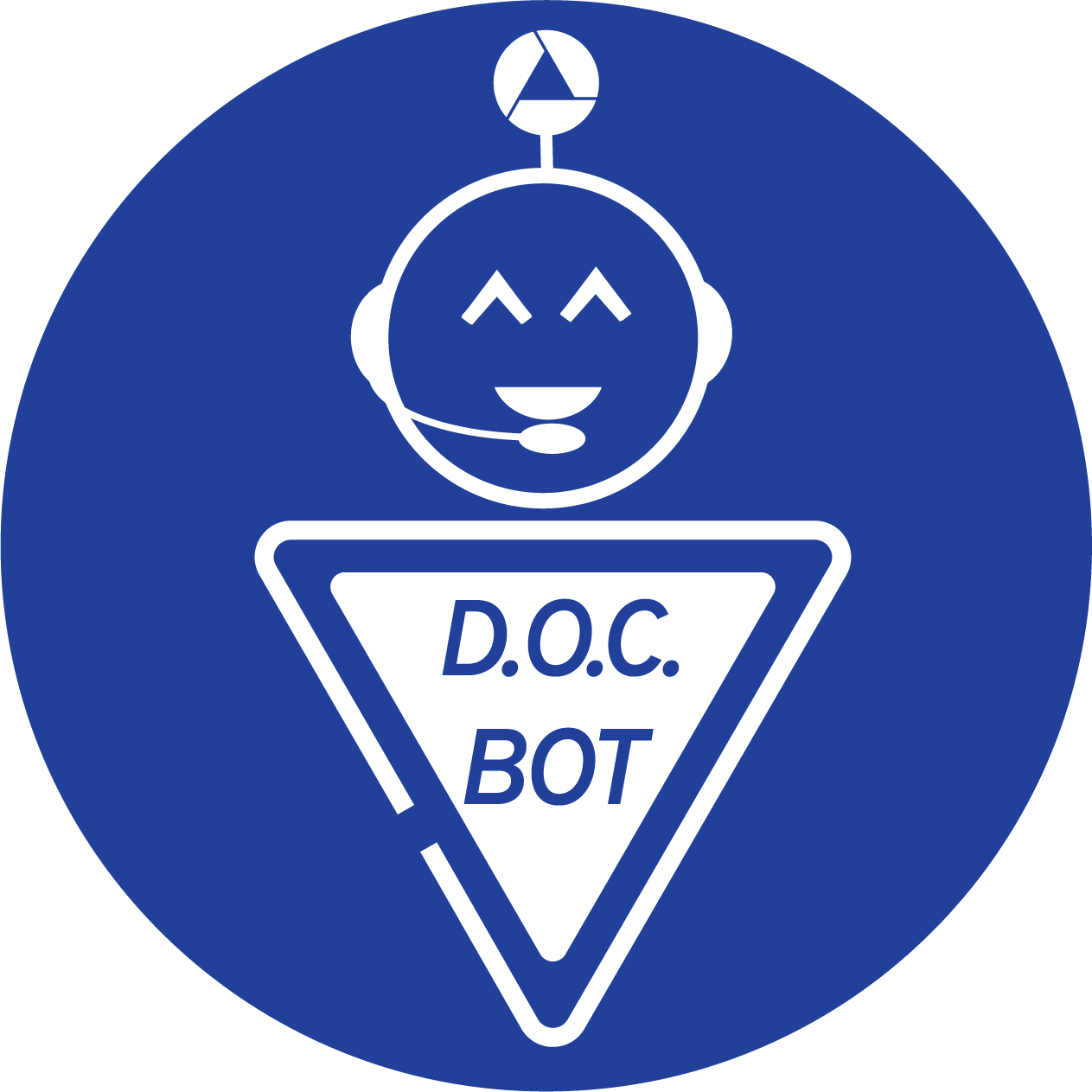
Andrea Ferreira Zandoná is a tenured Associate Professor at the Department of Operative Dentistry at the University of North Carolina at Chapel Hill School of Dentistry. Zandoná is originally from Curitiba, Brazil where she received her dental degree from Pontifícia Universidade Católica do Paraná. She earned her Master’s Degree in Dental Sciences in Operative Dentistry and a Ph.D. in Dental Sciences from Indiana University, Indianapolis. She was a faculty member at Indiana University from 1998 until 2013, directing their graduate residency program in Preventive Dentistry.
Over her academic career she has mentored pre-dental and D.D.S. students as well as postgraduate students and faculty members on their research projects. She has published and lectured nationally and internationally on prevention and management of dental caries serving on editorial boards and as reviewer for numerous scientific and dental journals. At the University of North Carolina she is in charge of the cariology curriculum and practices in Dental Faculty Practice. Zandoná has been funded by NIH, foundation and industry for her research on dental caries.
Zandoná has been part of the International Caries Detection and Assessment System Foundation Committee. She is an elected member of the European Organization of Caries Research advisory board, Vice-President for Caries Management by Risk Assessment (CAMBRA), American Association of Dental Research North Carolina Councilor, and ADEA Cariology Section Secretary. She is a member of the International Association of Dental Research, the American Dental Education Association, the Academy of Operative Dentistry and the American Academy of Cariology
How did you first learn about the AADR and what motivated you to join?
I first heard about AADR from my mentor during my master’s thesis. His name is Dr. Akafari (late) and he suggested that I presented my research at AADR. The first AADR meeting I attended was in Seattle, Washington in 1994. I had some interest in research at the time but attending that meeting solidified my interest from just seeing everyone there. It helped enlarge my point of view based on the many topics that were in research and how many people were involved in research as well. That made quite an impression on me.
Can you describe your research? How do you hope your work will impact others?
Right now I am doing research on dental caries and I started this during my Ph.D. I focus a lot on caries detection and caries management. When I started this and what I still believe is that if dentists are better at detecting and assessing caries very early then management is going to be more effective because we can implement early intervention. This would result in fewer teeth being restored and fewer teeth being lost. Dental caries is unfortunately still a very large problem in the U.S. and in my mind I can’t believe that in the United States this is still a problem. This is still the most prevalent disease of childhood. It is more prevalent than asthma and 96% of adults are going to have dental caries by the time they reach their golden age. It is just unbelievable. We spend too much money and too much effort on researching dental materials and how to restore teeth and I believe our efforts should be on not how to restore teeth and how we can just keep teeth healthy.
Can you tell a story or give an example of how cross collaboration with other scientific disciplines has been important to your career?
I was thinking about this question and I thought to myself biostatistics of course is one that intersects with research and it is an easy one to think about. When I started my research on carious detection I was actually working with a group physicist because they were developing this device and developing the technology for the devices to detect caries and I still work with several of them today. I have also worked with many pediatricians, nutritionists and geneticists. I have done a study once with an optometrist where we were trying to understand eyesight from the dentist perspectives and seeing how important eyesight is to the dentist so that they can better diagnose and detect caries. The collaboration comes from different areas depending on what you are doing.
Can you describe your experience being a researcher from an underrepresented group in science?
I have been very fortunate because of where I started my research. It was under George Luki from Indiana University and he was a great mentor. He gathered a group of young Ph.D. students from different areas and many of us were from underrepresented groups. This really helped us form and it is interesting to see that all of us are all well positioned in the United States today doing research. We were lucky to have someone who gave us that support. I do know that is not the experience of everyone. There are others who will have this difficulty, so I am grateful to have had this opportunity. As an underrepresented minority (URM), I have been approached by many people who are trying to get into research and when they realize that I am a URM they approach me more easily and ask for support. I have received in my lab many students-visiting scholars or Ph.D. students that are from different places and are underrepresented minorities.
Have you had the opportunity to mentor underrepresented minorities or work to increase diversity in science? If yes, can you describe your experience and what agencies/organizations you worked with?
I had once received funding from the NIH for minorities in which one of our dental students was a URM I was her mentor and she was the recipient of this funding. I think with her it was interesting because even though she was a URM she was from a well-off family. So she was not familiar with a lot of things that URMs face. It was not until we went back to the area where she was from. She had never actually seen that part of her country and she had never realized some of the issues that were right there. I think that gave her a very different perspective of where she’s coming from. I also had funding from overseas that had some URMs involved as well. I have had several internal URMs at the university where I was before. It gave me a different perspective and I really think today that people don’t understand some of the issues that will prevent people from getting into an area when they have some barriers that others might not be experiencing. Some examples that I see are when a parent has no understanding on how universities work, or the application process to help their child to get into a university that they want, or how to help get funding for them to get to that university, or how to help them stay in that university and all the pressures that the students will have trying to complete that study. I think most people don’t realize that unless they have been involved with those experiences or challenges.
Based on your experience, how would you encourage AADR members to help increase the diversity of the research workforce?
I think it is very important to come with a different perspective. Like I mentioned earlier, one student of mine was considered a URM but she wasn’t financially at a disadvantage. She didn’t realize some of the issues that were happening. It is important to have different perspectives where you work. When I was doing early research that was on this very expensive device with a physicist, I started thinking about how to implement it and I realized it wasn’t practical because it would never work in an area that is deprived no matter how great the device was. The device would not have been beneficial for them so we needed to look at other things that could help this population. So I think when people come from different perspectives we can bring about better results, otherwise you will be very narrow-minded looking at things only from one angle not being able to see others perspectives. You know if you go into a public health clinic, and someone is maybe more involved in that and they can’t bring a different perspective on certain things the clinic might not grow efficiently. Another example is when researchers are in a very narrow area, they tend to lose perspective of what is actually going to impact the population they were trying to help.
What role do you think professional associations can play in supporting its members who are members of underrepresented minority/ethnic groups?
One of things is funding. Funding allows them to be able to efficiently do their work. Of course having groups that will provide support is very important but if funding is not attached to it then sometimes it will not be feasible. This makes it hard for people to stay in research. Especially if you’re thinking about under-privileged people that are thinking about the loans that they have to pay back, they will consider that and if there is no funding to stay in research it makes it hard for them to be interested. This is the main thing I think would be able to help get people more involved.




